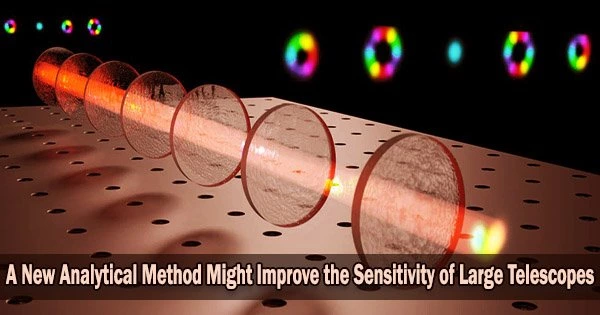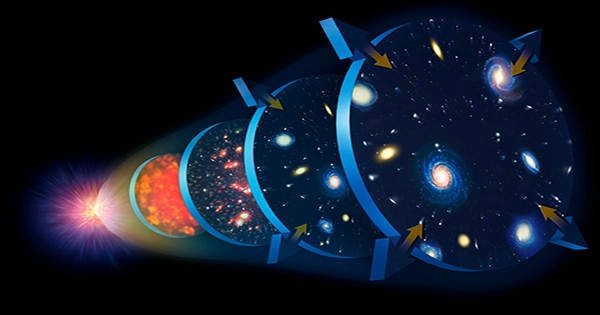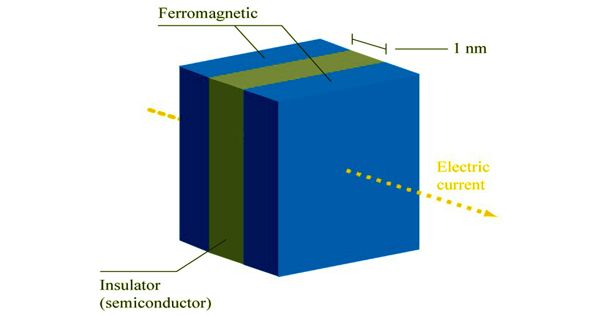At the Simons Observatory in Northern Chile, some of the largest and most advanced telescopes ever manufactured are now being built. They are made to measure electromagnetic radiation from the cosmic microwave background a byproduct of the universe’s creation with remarkable sensitivity.
Researchers have published a study that describes an analysis technique that could enhance these telescopes by assessing their performance before to installation.
“We developed a way to use radio-holography to characterize a fully integrated cryogenic telescope instrument prior to deployment,” said research team member Grace Chesmore from the University of Chicago. “In the lab, it’s much easier to spot issues before they become problematic and manipulate the components inside the telescope to optimize performance.”
It is standard practice to wait until after installation before describing a telescope’s optical performance, but after everything is set up, modifications are challenging to make. However, since lab-based methods are developed for room temperature examination and telescope parts are kept at cryogenic temperatures to increase sensitivity, a comprehensive analysis is often not possible before installation.
In the Optica Publishing Group journal Applied Optics, researchers led by the University of Chicago’s Jeff McMahon describe how they applied their new measurement approach to the Simons Observatory Large Aperture Telescope receiver optics, which includes lenses, filters, baffles and other components. Prior to the installation of a new receiver, these parameters have never before been verified in the lab.
“The Simons Observatory will create unprecedented maps of the afterglow of the Big Bang, providing an understanding of the first moments and inner workings of our universe,” said Chesmore, first author of the paper. “The observatory will help make these ultra-sensitive cosmic microwave background maps possible.”
We developed a way to use radio-holography to characterize a fully integrated cryogenic telescope instrument prior to deployment. In the lab, it’s much easier to spot issues before they become problematic and manipulate the components inside the telescope to optimize performance.
Grace Chesmore
Looking back in time
According to Chesmore, the cosmic microwave background maps that the Simons Observatory will create will offer a view into our universe at a point so early in its history that minute signals from quantum gravity might be seen.
The ability to probe space with such sensitivity, however, necessitates a deeper comprehension of how electromagnetic radiation moves through the telescope’s optical system and the minimization of scattering.
The new study employed a method known as near-field radio holography, which may be used to recreate the path taken by electromagnetic radiation inside a system like a telescope.
They installed a detector that can map a very brilliant coherent source while running at the extremely low temperature of 4 Kelvin in order to achieve this at cryogenic temperatures. As a result, scientists were able to produce maps with an extremely high signal-to-noise ratio, which they used to confirm that the reception optics of the Large Aperture Telescope worked as predicted.
“All objects, including lenses, shrink and exhibit changes in optical properties when they cool down,” explained Chesmore. “Operating the holography detector at 4 Kelvin allowed us to measure the optics in the shapes they will be when observing in Chile.”
From lab to space observations
Following the completion of these observations, the researchers created software to forecast how the telescope will perform when using spaceborne photons as opposed to the near-field source utilized in the laboratory.
“The software uses the near-field maps we measured to determine the behavior of a far-field microwave source,” said Chesmore. “This is only possible using radio-holography because it measures both the amplitude and phase of the microwaves, and there is a known relationship between the properties in the near- and far-field.”
The researchers discovered that the telescope’s optics conformed to forecasts using their novel method. Before the telescope was put into use, they were also able to locate and eliminate a scattering source.
The Large Aperture Telescope optical system they characterized is now on its way to Chile for installation. The Simons Observatory will include the Large Aperture Telescope as well as three Small Aperture Telescopes, which will be used together for precise and detailed observations of the cosmic microwave background.
The University of Chicago scientists are eager to use the Simons Observatory telescopes to further their understanding of the cosmos and will continue to characterize telescope parts.
Postdoctoral researchers Katie Harrington and Patricio Gallardo, as well as graduate students Carlos Sierra, Shreya Sutariya, and Tommy Alford, are additional members of the University of Chicago team. The Simons Observatory is also being supported by cooperating institutions all across the world.
















